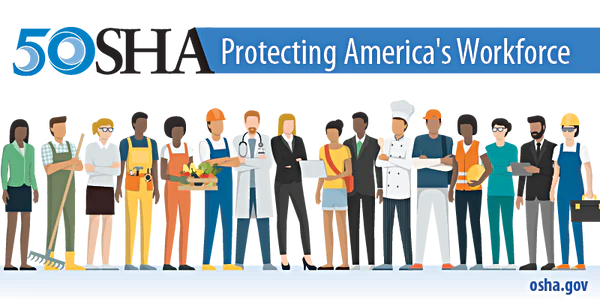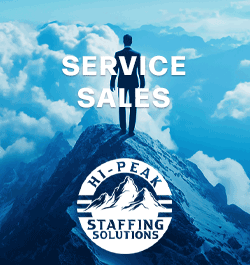The importance of OSHA

By Wryker.
Get a high-level overview of what OSHA is and why it matters.
The Occupational Safety and Health Administration, or OSHA, is something you’ll hear about in every workplace. From mandated breaks to proper equipment usage, OSHA’s goal is to keep people safe and healthy. But, in the complex field of construction OSHA can get as confusing as it is crucial. Luckily, the experts at Wryker are working on a series about OSHA specifically, starting with the following high-level overview on the purpose of OSHA. Begin your learning here so you can build a safety-focused workplace for you and your team.
What is OSHA?
Established in 1970, OSHA is a federal agency within the United States Department of Labor. This agency recently celebrated their 50-year anniversary in 2020. Its primary mission is to assure safe and healthy working conditions for employees across various industries, including construction. OSHA achieves this by setting and enforcing standards, providing training, outreach, education and assistance to employers and workers and conducting research to improve workplace safety.
In the realm of construction, safety is paramount. It is an industry that requires meticulous planning, attention to detail and adherence to stringent regulations to ensure the well-being of workers and the general public. To maintain high safety standards, OSHA plays a pivotal role. The oversight and guidance provided by OSHA help construction workers stay safe. Regulations are specifically designed to mitigate the risks associated with the industry's dynamic and often hazardous nature.
What does OSHA do?
OSHA sets forth comprehensive safety standards that govern all aspects of construction operations. These standards encompass a wide range of subjects, including fall protection, hazard communication, electrical safety, scaffolding, excavations and personal protective equipment (PPE), among others.

In conjunction with setting safety standards and guidelines for best practices, OSHA conducts inspections of construction sites to ensure compliance. These inspections may be initiated based on specific complaints, reported accidents or as part of routine checks. When violations are identified, OSHA works closely with employers to rectify the issues. Penalties, which are often substantial, are imposed on companies that exhibit non-compliance. This practice is intended to motivate companies to prioritize safety in their operations.
There are a range of educational resources and training programs for both employers and workers that detail OSHA regulations in the construction industry. These initiatives enhance awareness about potential hazards, provide guidance on implementing safety protocols and foster a culture of safety within the industry. OSHA regularly collects and analyzes nationwide safety data to provide relevant statistics regarding the state of compliance across the country. WRYKER digs into the publicly available data, going beyond basic statistics to provide meaningful insights on industry trends.
In conclusion
The construction industry relies on OSHA to establish and enforce safety standards, promote compliance and enhance worker well-being. Through intentionally set regulations, rigorous inspections and ongoing research, OSHA plays a vital role in ensuring that construction sites are safe, minimizing the risks faced by workers and the public. The construction industry will continue to evolve and thrive by prioritizing the well-being of its workforce, going hand-in-hand with OSHA compliance.
Key takeaway: OSHA is a federal agency that sets forth comprehensive safety standards to protect workers. They conduct inspections to ensure compliance and provide training resources to empower companies to prioritize safety.
Original article source: Wryker
Learn more about WRYKER in their Coffee Shop directory or visit www.wryker.com.








-2.png)













Comments
Leave a Reply
Have an account? Login to leave a comment!
Sign In